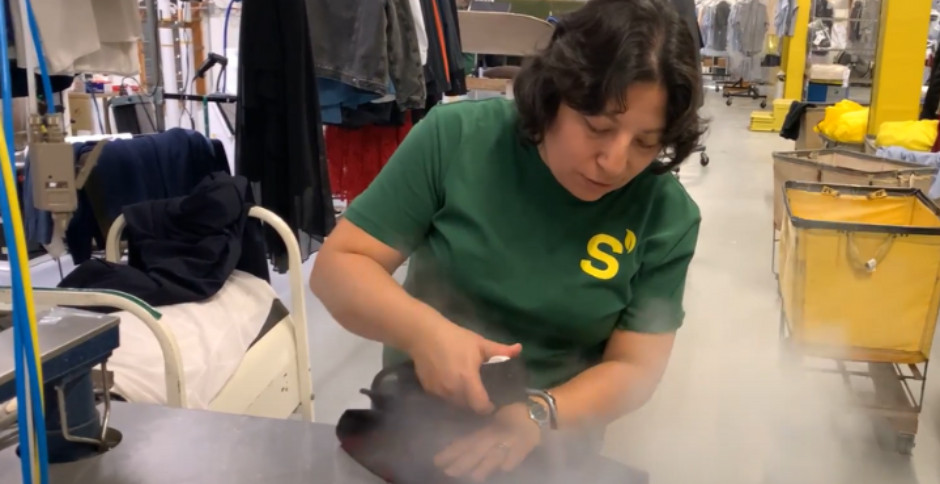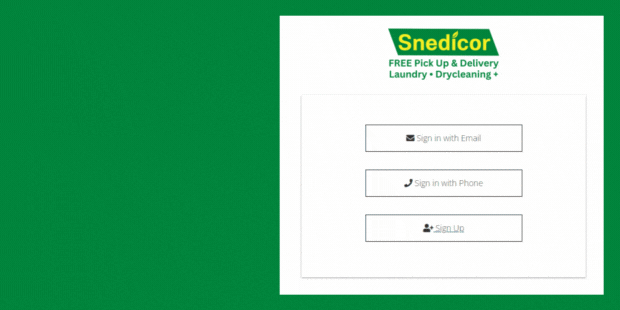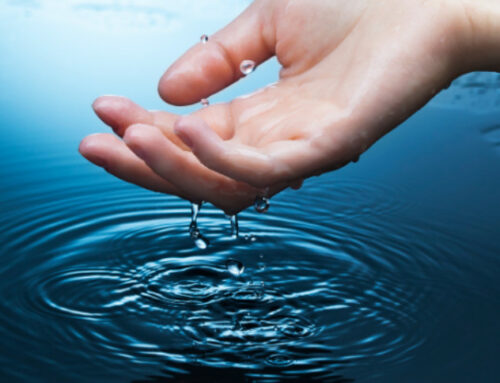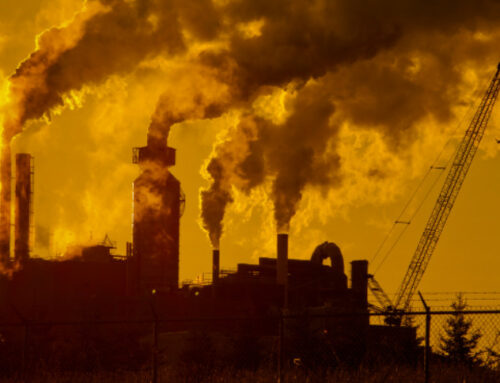By Jim Gilligan
Are you searching for “organic dry cleaning near me” and feeling confused by the many options and unclear definitions? You’re not the only one. Many people want eco-friendly solutions for their garment care but struggle to understand what “organic” really means in the context of dry cleaning. This confusion can make it difficult to choose the best option for both your clothes and the environment.
I’m Jim Gilligan, and I’ve been in the dry cleaning business for over 40 years. As a lifelong outdoorsman and sustainability leader in the dry cleaning industry, I’m passionate about green dry cleaning solutions while providing top-notch service to our customers. My extensive experience has given me a deep understanding of the different cleaning methods and their impact on the environment.
In this article, we’ll clear up the confusion surrounding “organic” dry cleaning and discuss various eco-friendly alternatives. By the end of this read, you’ll have a better understanding of your options, allowing you to make informed decisions about the care of your garments while keeping the environment in mind.
.png)
Understanding the Terms: Organic Chemistry vs. Organic Labeling
When we think of the term “organic,” we usually associate it with natural, eco-friendly products and processes. However, it’s crucial to distinguish between organic chemistry and organic labeling when discussing dry cleaning.
Organic chemistry is the scientific study of carbon-containing compounds, including those found in most dry cleaning solvents. However, it’s important to note that just because a solvent contains carbon does not necessarily mean it is safe or sustainable. In fact, many traditional petrochemical-based solvents that fall under the category of organic chemistry, such as perc and hydrocarbon, are toxic and can be harmful to both human health and the environment.
Organic labeling goes beyond the absence of toxins and includes sustainable practices in every step of the product’s lifecycle. This means that the production process should minimize waste, conserve water and energy, and have a positive impact on the environment and the people involved in making it. Organic textiles, for example, are made from natural fibers grown without synthetic pesticides or fertilizers, which reduces the impact on the soil, water, and air. Organic farming practices also promote biodiversity, protect the health of farmers and workers, and contribute to the local economy. When choosing organic products, you are not only protecting your health but also supporting a more sustainable and equitable world.
The Truth About Organic Dry Cleaning
When a dry cleaner claims to be “organic,” they usually use a petrochemical-based solvent. These solvents fall under the category of organic chemistry due to their carbon content. However, they are toxic and not at all related to the organic labeling found on food, fiber, or health and beauty products.
The two most common solvents used in the dry cleaning industry, which are sometimes advertised as organic despite their toxic nature, include:
Perchloroethylene (Perc) (PCE): Also known as Tetrachloroethylene, Perc is a chlorinated solvent derived from hydrocarbons, a petrochemical. Perc is toxic and considered a potential carcinogen. As a Volatile Organic Compound (VOC), it can negatively impact indoor air quality and the environment.
Hydrocarbon: Hydrocarbon-based dry cleaning solvents like DF-2000 are colorless, odorless liquids produced as byproducts of gasoline manufacturing. Though more environmentally friendly than Perc, hydrocarbon is still a toxic VOC that can negatively affect indoor air quality and the environment.
So, the term “organic” in organic dry cleaning can be misleading as it refers to the carbon content in the solvents rather than an environmentally friendly or non-toxic process.
Identifying Eco-Friendly Dry Cleaning Alternatives
If you’re searching for environmentally friendly dry cleaning options, consider the following alternatives to traditional petrochemical-based solvents:
Liquid Carbon Dioxide Cleaning (CO2): This method uses carbon dioxide under high pressure to clean clothes and textiles. CO2 is a naturally occurring chemical, but it is considered a greenhouse gas. CO2 dry cleaning machines emit a small amount of carbon dioxide during each cleaning cycle, but the process is overall more environmentally friendly than using toxic solvents.
Siloxane (Silicone): Siloxane is derived from liquified sand (silicon dioxide) and is non-toxic. It is not a VOC or a groundwater contaminant, making it a safer choice for both your garments and the environment. Siloxane has been used in health and beauty products like cosmetics and deodorants for decades.
Wet Cleaning: Wet cleaning systems that use soap made from organic plant materials mixed with water can be considered organic in the sense of organic plants. This process is the closest to being genuinely eco-friendly and organic.
By exploring these alternatives, you can choose a dry cleaning method that aligns with your values and preferences, prioritizing the health and well-being of yourself, your garments, and the environment.

Choosing the Best Eco-Friendly Dry Cleaning Option
To find the best eco-friendly dry cleaning option, start by researching local dry cleaners that offer environmentally friendly cleaning methods, such as CO2 cleaning, siloxane, or wet cleaning. Read customer reviews and testimonials to gauge their reputation for quality and eco-friendliness.
Next, evaluate the cleaning process by considering the environmental impact of each method and determining whether the process is safe for you, your clothes, and the environment.
Finally, prioritize your needs by assessing your personal values regarding eco-friendliness and sustainability, keeping factors like cost, convenience, and garment care requirements in mind. By following these steps, you can make an informed decision that aligns with your values and preferences, ensuring the best possible care for your garments and the environment.
.png)
Taking the Next Step Towards Eco-Friendly Garment Care
When you began your search for “Organic Dry Cleaning near me,” you were seeking an environmentally friendly solution for your garment care needs. You’ve discovered that the term “organic” can be misleading when it comes to dry cleaning, as it can refer to carbon-based solvents that may still be harmful to you and the environment.
Now, you’re equipped with knowledge about alternative dry cleaning methods, including Liquid Carbon Dioxide Cleaning, Siloxane (Silicone), and Wet Cleaning, which are more eco-friendly options compared to traditional petrochemical-based solvents. To learn more about chemicals used in dry cleaning and green dry cleaning alternatives, check out my other articles in our Learning Center.
To continue your journey towards sustainable garment care, consider exploring our other Learning Center articles for more information on eco-friendly practices. If you’re ready to experience our GreenEarth Dry Cleaning and Harmony Wet Cleaning solutions, don’t hesitate to schedule a pickup or reach out to us through our Contact Us page. Your garments, and the planet, will thank you!





